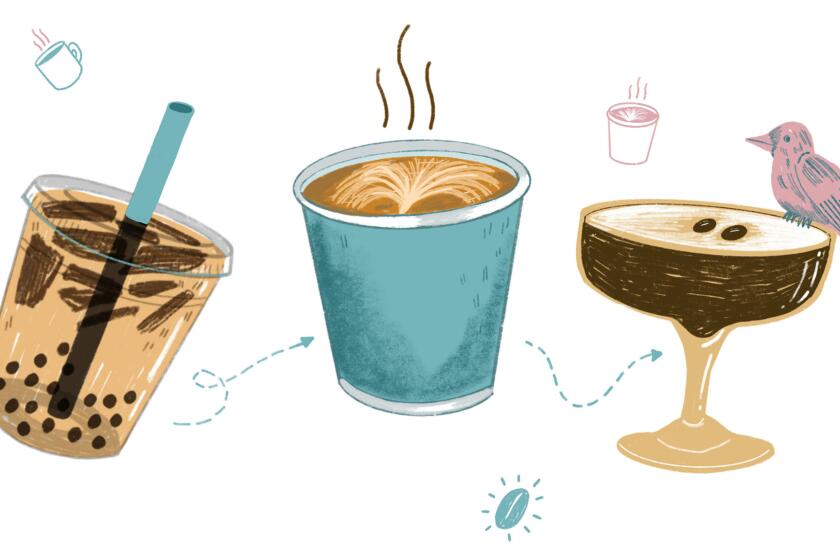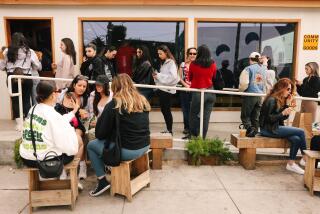Trish Rothgeb coined ‘third wave’ — and is now looking toward coffee’s future
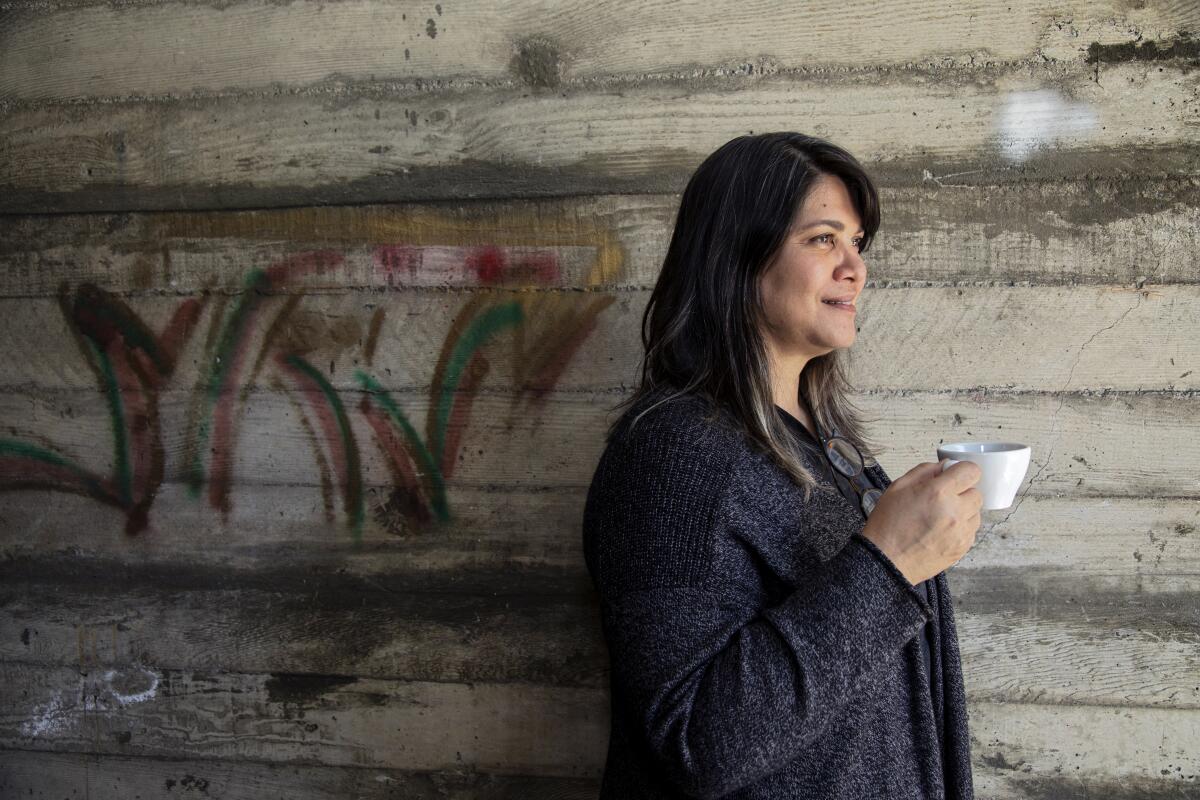
When Trish Rothgeb coined the term “third-wave coffee” in 2002, she didn’t know it would be used to define an entire era in the coffee industry. Rothgeb was living in Oslo at the time, having worked as a barista and roaster for nearly 15 years in her native Bay Area. But what she witnessed happening in the Scandinavian coffee shops around her in the early aughts was different.
In California, the clear leader in coffee had always been a 1960s upstart out of Berkeley called Peet’s, which carved out an identity as a coffee destination — a place where customers came to purchase dark-roasted beans from big, clear drawers and learn about coffee merchants. In Oslo of the aughts, however, young baristas were putting a more serious, grindstone-nosed focus on the quality of coffee.
So what is third-wave coffee? In short, third wave is a label for the products of a coffee industry made up of cafes and other coffee businesses opened between about 2000 and today that share a linked, if not identical, mission statement: to deliver high-quality cups of coffee to customers.
Chinatown today is a neighborhood in flux, a place of cultural collision with new energy, new entrepreneurs, and cultures from around the world.
Rothgeb wasn’t just an outside observer of the fledgling third wave, however. It didn’t take long after landing in Norway for her to start working as a roaster herself, at a shop run by the first-ever World Barista Champion — which is exactly what it sounds like, the winner of the World Cup for coffee professionals. Rothgeb had a particular style of roasting coffees lighter, preserving nuances of flavor lost as beans spend a longer time exposed to heat.
In 2002, this was novel, and the Oslo coffee community was intrigued by Rothgeb’s coffee.

The first and second waves of coffee were characterized by home consumption. Whereas the former was marked by pre-ground, vacuum-packed, mass-market cans from brands like Folgers and Maxwell House, the latter offered consumers a different experience. Rather than coffee coming from the grocery store, it came fresh-roasted and bagged, and was purchased from a destination, a coffee shop like Starbucks or Peet’s. The third wave brought the focus in closer, out of the coffee shop and into the cup. For Rothgeb, the third wave was specifically meant to reflect what was happening in consumers’ cups in Oslo.
“When I talked about it it wasn’t supposed to be shorthand for the industry to engage with itself, but a way to bring consumers into our world and help them engage with us,” Rothgeb says. She borrowed the term itself from feminist writers who used the vocabulary of waves to differentiate movements within the broader movement of women’s rights and empowerment.
The first and second waves of coffee, Rothgeb contended, failed to deliver consistently high quality in every cup. This new, third wave was composed of, “any shop that was trying to be whatever it wanted to be as long as it was true to itself,” she says, and delivering on the promise of quality.
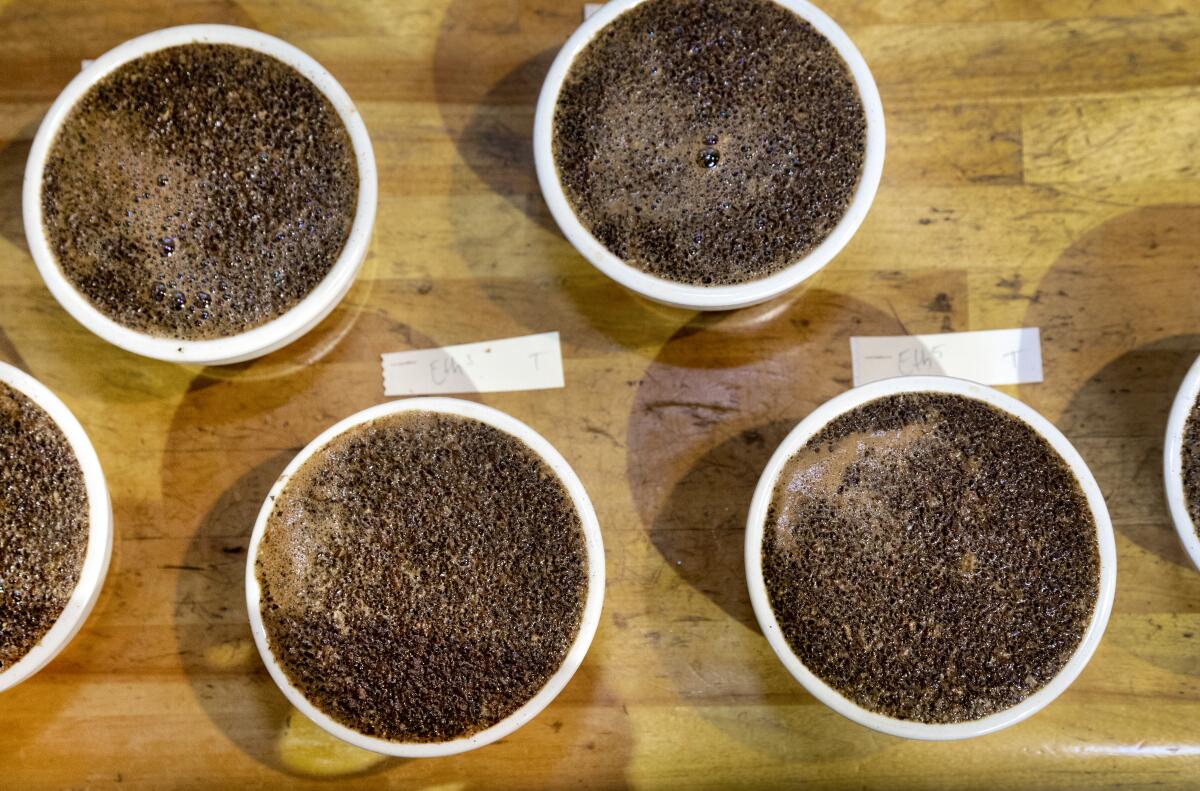
In the intervening years, the term has been taken up by food writers and industry leaders to describe shops and roasteries of a certain type: the Blue Bottles and Intelligentsias of the world.
For Rothgeb, all of this is completely fine. Because while third wave has come to define an era of coffee, it is too small an idea to define Rothgeb’s own life and work.
Rothgeb was the first American woman, and one of the first people, to become what’s known as a Q-Grader. Broadly speaking, Q-Graders are master evaluators of coffee quality.
Is it subjective? If you ask Rothgeb, the answer is no.
“Taste is subjective,” she says. “But quality should not be.”

When the Q was first established by the Coffee Quality Institute (CQI) about 20 years ago, its prerequisites included a rigorous set of courses and evaluations that took about three years for an individual to pass. The resulting certification indicated that the holder could accurately evaluate both the taste and defects of any coffee, and to do so within a thin margin of error in calibration with every other Q-Grader in every other country around the world. If a coffee is evaluated by a Q-Grader, its quality is what the grader says it is.
Coffees are graded on a 100-point scale, and are designated as “specialty,” meaning that they have high-quality taste and a low frequency of defect, if they score 80 points or above. Not all coffees go through the Q certification process — in fact, most don’t. To be officially scored by CQI is expensive, and the majority of coffees that are put through the organization’s rigorous evaluation system are either definitely above 80 or right on the edge.
Those that fall below 80 are typically defective in some way, with too many beans showing signs like insect damage or evidence of improper fermentation that affect the flavor of the brewed coffee made from them.
For reference, the decent but boring cups of coffee found in single-use K-cup pods generally fall between 80 and 84 points, while the stuff you find served in local boutique cafes are more likely 85s and up. The stuff that comes with the brewer in your cheap hotel room is sub-80.
Taste is subjective, but quality should not be.
— Trish Rothgeb
What comes next for Rothgeb, and coffee, is an open question slowly closing with time. One of the gaps in third wave, she says, is that it is not inclusive. It’s all about personal excellence of cafes, baristas and roasteries, and fails to address the equality of minority groups on both sides of the bar. Cafes today, regardless of the era to which they belong, are places where women are less likely to be promoted to management positions than their male coworkers and where people of color are unwelcome, by staff or the police.
“Being all in it together is missing from third wave,” Rothgeb says. “If there is a fourth wave or a next wave, I’ve already seen movement toward it. It’s making real change for everyone in the industry instead of individuals.”
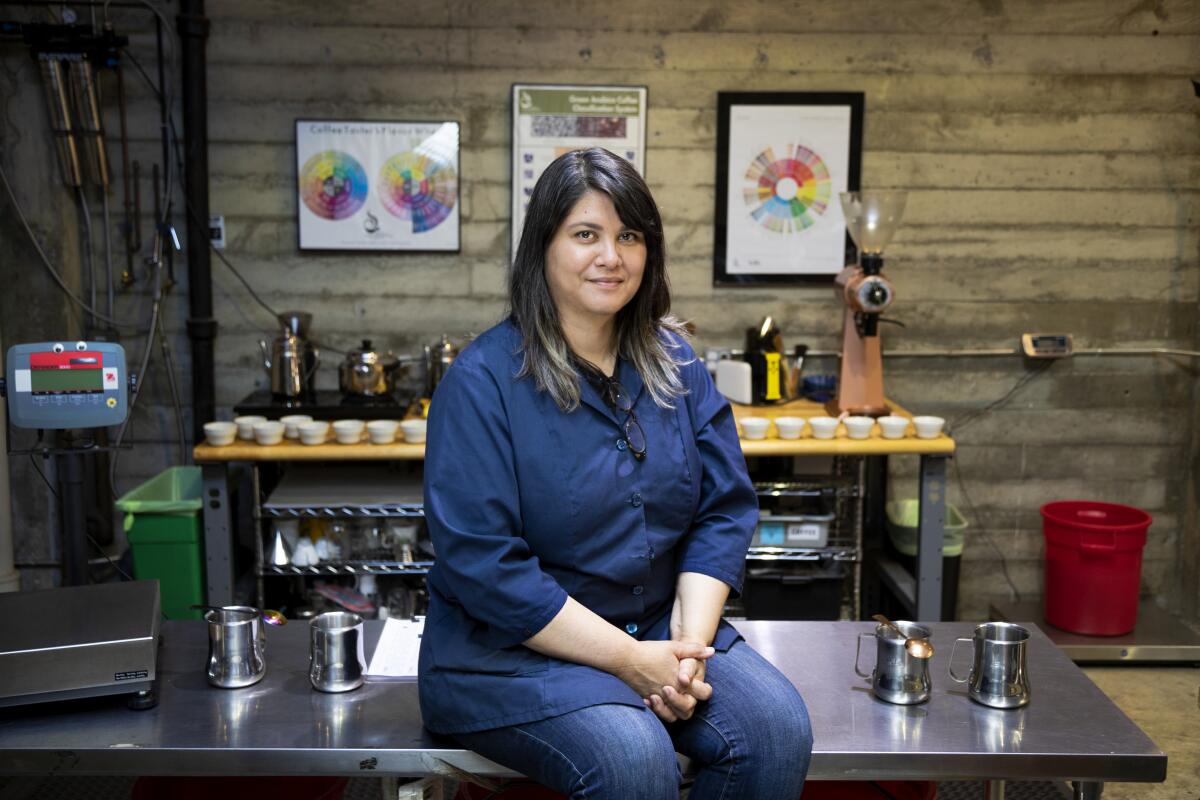
For Rothgeb, who co-owns Wrecking Ball Coffee Roasters, a cafe in San Francisco’s Cow Hollow neighborhood and a roastery in the Mission District, movement looked like opening a new cafe in Berkeley late this summer.
She and her partner in Wrecking Ball, her husband Nicholas Cho, believe that every role involved in the project, from finance to management to staff, should represent like the kinds of people it serves.
How to get those different kinds of people in the actual door is a work in process and challenge. The third-wave customer base is majority white, and made up of people who seek out and can afford more expensive, “better” coffee. Serving outside that base begins by engaging community leaders to ask about the needs of their neighborhoods; altering signage and menu language to, seemingly counterintuitively, move coffee out of focus; and designing businesses that represent those they seek to serve.
If there is a fourth wave or a next wave, I’ve already seen movement toward it. It’s making real change for everyone in the industry instead of individuals.
— Trish Rothgeb
Wrecking Ball’s hope is to remove as many barriers to entry as possible, to offer less-expensive blends and buck conventional, minimalist third-wave design styles to make their space usable for groups.
In practice, it looks a lot like their new cafe, where the most prominent aesthetic features of the space are an enormous mirror behind the bar that reflects the image of patrons as they’re served and wait in line, and a floor-to-ceiling mural in the seating area that depicts a young black woman wearing traditional Korean formalwear. Its second floor is wheelchair accessible; the staff is a made up of a mixture of coffee newcomers and veterans of the industry who are 90% nonwhite.
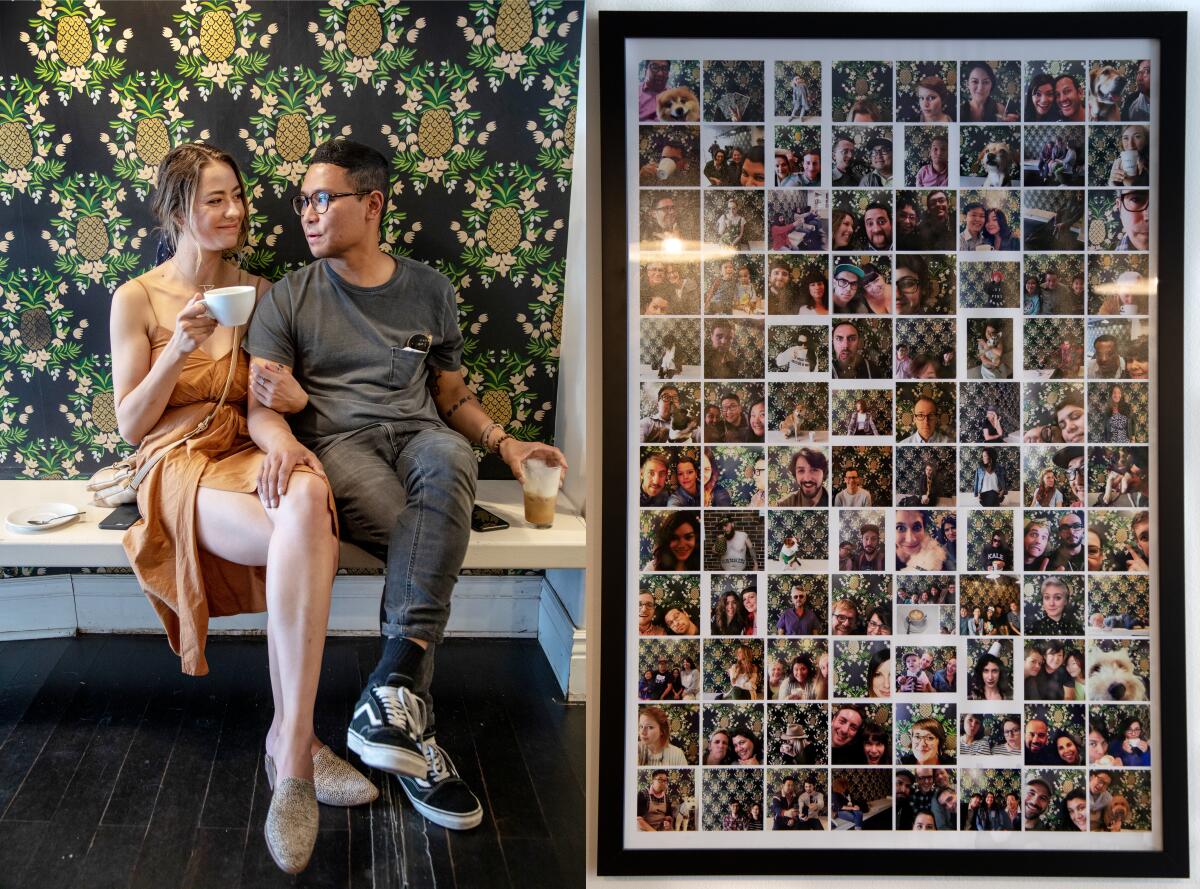
Of course, for a lot of the population, $3 per coffee is still too expensive. And the Berkeley project begs the question of whether intentionality to the effect of inclusion is enough to get a public for whom that’s the case through the door. But Wrecking Ball, true to its name, didn’t waste time after opening in Berkeley to begin answering it with action.
More than 20 million households around the world make their living producing coffee.
Since the mid-1970s, the area of North Berkeley Wrecking Ball now calls home — running along Hearst, from the foot of the University of California down to the North Berkeley BART station and then back up to the Berkeley Rose Garden — was known, colloquially, as the Gourmet Ghetto.
The name, which Rothgeb’s partner Cho took issue with publicly, saying the term was an insult to black people and black communities, originally referred to the high-concentration of upscale food and beverage businesses that had taken up residence there — Alice Waters’ Chez Panise being, perhaps, the best known among them.
As the New York Times reported, the identity crisis that ended with Waters herself weighing in that the name ought to go was brought on by Wrecking Ball’s arrival, the “new coffee shop” in town.
The nickname, emblazoned on official city banners that will now be removed by the North Shattuck neighborhood association, which ruled to tear them down, was plainly racist; an appropriation of an America vernacular term used to deride predominantly black, urban neighborhoods by a population of wealthy, white, upper-class tongue-in-cheek gourmands.
That it was Wrecking Ball, Rothgeb and Cho, that led to its retirement was fitting; the first gourmet business to open in North Berkeley was in 1966, the same Peet’s that set off the second wave — the beginning of an era whose time is now past.

For any other small business, putting the financial future — not to mention safety — of a new location and its staff on the line for the sake of principle and justice would be radical. For Wrecking Ball, at this point it’s routine — they made headlines last year, for instance, for an act of divestment that turned down a $40,000 contract to serve coffee for Salesforce because of the company’s cooperation with U.S. Customs and Border Protection. Wrecking Ball now routinely offers thousands of dollars in scholarship for the same Q-Grader certification course that initially helped springboard Rothgeb’s career — the idea, in part, is to make way for whatever and whoever is to come next in coffee.
Does this mean the third wave is over?
“Third wave isn’t dead,” Rothgeb says. “It’s just run its course, like the second wave and the first wave. Moving things forward for coffee is about looking around at other people, beyond yourself.”
The fourth wave, if there is to be such a thing, won’t be confined to the cup. It will spill out, lifting the water mark for everyone around it.
After all, as Rothgeb says, “Being all in the cup is so 2001.”
More to Read
Eat your way across L.A.
Get our weekly Tasting Notes newsletter for reviews, news and more.
You may occasionally receive promotional content from the Los Angeles Times.
